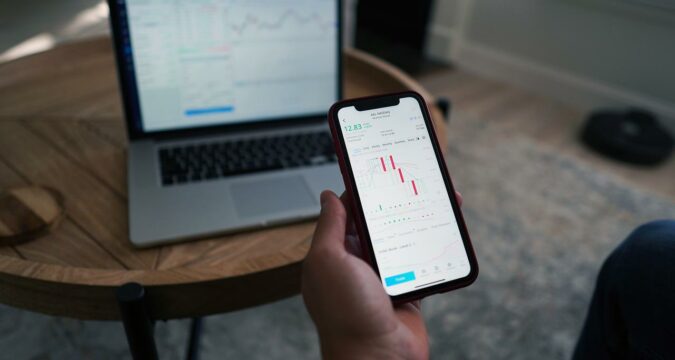
On Tuesday, US equities declined for the third consecutive session, as an increase in US job openings fanned worries about the US Federal Reserve not backing down from its hawkish stance for combating inflation.
Economic data
There was a more than 5% decline in the benchmark S&P 500 index since the speech of Jerome Powell on Friday in which the Fed chair reiterated the determination of the central bank to hike interest rates.
The labor market showed no signs of softening, as there was a rise in US job openings to 11.239 million in July and the numbers for the previous month were also revised higher.
Another report showed that there was a sharp rebound in consumer confidence in August, after having declined for three straight months.
Market analysts said that the Fed has to weaken the labor market and the only way for them to do so is to hike rates and make things so expensive that people would be forced to pull back.
This would result in a fall in demand and people getting fired. The data only supports the case of the Fed hiking the rates even further.
Investors are now focusing on the non-farm payroll data for August that will be released on Friday.
Indexes drop
There was a 0.96% drop in the Dow Jones Industrial Average, as it dropped by 308.12 points to reach 31,790.87.
There was also a loss of 1.10% in the S&P 500, as it came down by 44.45 points to reach 3,986.16 points. As for the Nasdaq Composite, it dropped by 1.12%, or 134.53 points to close at 11,883.14.
John Williams, the President of the New York Fed, said that it was likely for the central bank to push up its policy rate to 3.5% by the end of the year.
He also said that it did not seem likely that there would be a reduction in rates next year, as the central bank is trying to bring inflation to heel.
Other factors
Raphael Bostic, the President of the Atlanta Fed, said that if new data shows a slowdown in inflation, the Fed could come down from its 75 bps hikes.
Thomas Barkin, the President of Richmond Fed, said that it was not necessary for a severe recession to occur, as they try to bring inflation down to the 2% target.
Traders have priced in a 74.5% chance of an interest rate hike of 75 basis points in the September meeting.
All 11 sectors of the S&P 500 index had entered negative territory, with a 3.36% decline in the energy sector.
This was the biggest decline, as there was a 5% drop in oil prices over concerns that demand could decline due to a decline in global economies.
There was also a 0.85% drop in rate-sensitive megacap technology and growth stocks like Microsoft Corp, while Apple Inc. shed 1.53%.
A 1.61% rise was recorded in Best Buy, which made it one of the biggest gainers for the S&P 500 index after its quarterly sales fell less than expected due to steep discounts.




